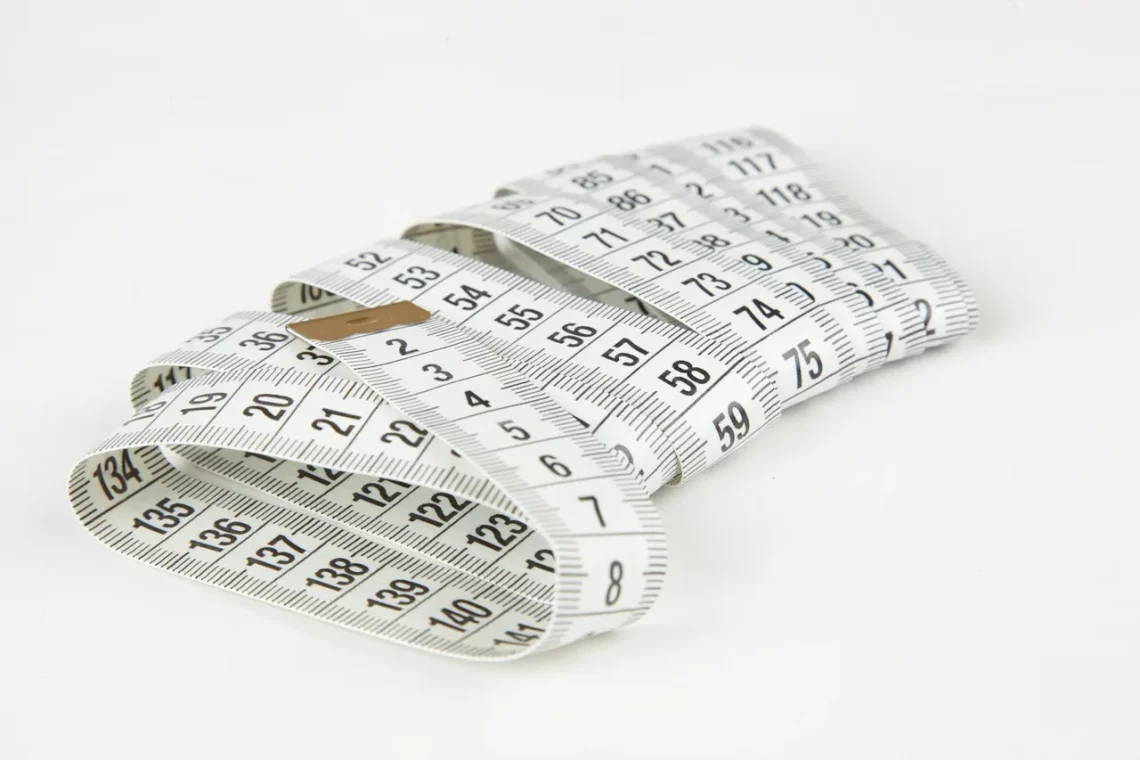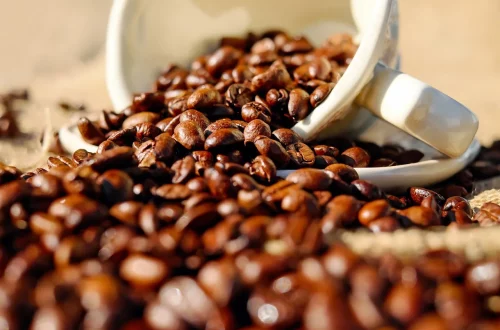-
How Many Tablespoons Are in a Pound? A Quick Conversion Guide
Cooking and baking can often feel like a science experiment, where precise measurements are crucial for achieving the desired results. Among the many measurements used in the kitchen, tablespoons and pounds are two common units that can cause confusion, especially when transitioning from one to the other. Whether you’re an experienced chef or a home cook, understanding these measurements can significantly improve your culinary skills. The challenge lies in the fact that tablespoons measure volume, while pounds measure weight. This distinction is essential because different ingredients have different densities, which means that the number of tablespoons in a pound will vary depending on what you’re measuring. For instance, a pound…
-
Understanding the Conversion: How Many Grams Are in a Measurement?
Understanding measurements can often seem daunting, especially when it comes to converting units. Whether you’re a home chef trying to perfect a recipe, a scientist conducting experiments, or simply someone interested in understanding the world around you, grasping the concept of grams and their equivalents is essential. Grams are a metric unit of measurement commonly used to quantify mass. The metric system, known for its simplicity and ease of conversion, allows for consistent and straightforward calculations, making it a preferred choice in many fields. In our everyday lives, we encounter various scenarios that necessitate converting measurements. From cooking to crafting, understanding how many grams are in a specific measurement can…
-
Do Spices and Sauces Really Add Calories to Your Meals?
The culinary world is a vibrant tapestry of flavors, aromas, and textures that can elevate a meal from mundane to extraordinary. Among the most essential components of this culinary artistry are spices and sauces. These elements not only enhance taste but also evoke memories, create cultural connections, and add depth to dishes. However, as we become increasingly health-conscious, questions arise about the impact these flavorful additions have on our overall caloric intake. When we think about calories, we often focus on the main ingredients in our meals—proteins, carbohydrates, and fats. Yet, the contributions of spices and sauces are frequently overlooked in this equation. While the primary ingredients are typically the…
-
Converting Grains to Pounds: A Simple Guide for Accurate Measurements
Converting grains to pounds is an essential skill for anyone involved in cooking, baking, or even scientific research. Understanding how to accurately measure grains in pounds can significantly impact the outcome of recipes, nutritional calculations, and even agricultural assessments. The complexities of measurement arise from the various types of grains, each possessing unique densities and weights, which can further complicate conversions. For instance, a cup of flour weighs differently than a cup of rice or oats. This variance necessitates a reliable method for converting grains to pounds to ensure accuracy in measurements. In a world where precision is paramount—whether you’re a chef crafting the perfect dish or a scientist conducting…
-
Converting Grains to Pounds: A Simple Guide for Accurate Measurement
Understanding the conversion of grains to pounds is an essential skill for various industries, from agriculture to culinary arts. Whether you’re a farmer looking to measure your harvest accurately or a chef aiming for precise ingredient proportions, grasping this conversion can significantly impact your work. Grains and pounds are two different units of measurement that serve unique purposes. Grains are often used in contexts involving small weights, particularly in fields like pharmacology and precision engineering. On the other hand, pounds are more commonly utilized in everyday scenarios, especially in cooking and nutrition. The significance of accurate measurement cannot be overstated. Inconsistent measurements can lead to issues such as ingredient imbalance…
-
How Many Grains Are in a Pound? Understanding the Conversion
Understanding the weight and measurement conversions is crucial for various fields, ranging from cooking to scientific research. One such conversion that often puzzles individuals is the relationship between grains and pounds. Grains, being one of the smallest units of mass in the imperial system, can be challenging to grasp, especially when trying to relate them to larger units like pounds. This confusion is compounded by the fact that different contexts—such as culinary measurements, agricultural calculations, or pharmacological dosages—can all utilize these units in varying ways. In essence, a pound is a larger measurement that contains a specific number of grains. This relationship is fundamental not only for accurate measurements but…
-
Understanding the Number of Grains in a Pound: A Simple Guide
Understanding measurement conversions can sometimes feel daunting, especially when it comes to weight. One common unit of measurement that often confuses many is the grain, particularly when considering its relationship to pounds. The grain, a historical unit of weight, finds its roots in the ancient practice of measuring precious metals and grains of cereals. It may seem like a small measurement, but it plays a crucial role in various fields, from cooking and baking to pharmaceuticals and firearms. In the world of weights and measures, understanding how different units relate to one another is essential for achieving accuracy. For instance, when baking, even a slight error in measurement can lead…
-
How Many Grains Are in a Pound? A Simple Calculation Guide
In the world of measurements, understanding the relationship between different units can often feel daunting. This is particularly true when it comes to grains and pounds, two units that serve distinct purposes in various fields such as cooking, agriculture, and engineering. Grains are typically used to measure the mass of small objects or substances, while pounds are a more common unit in everyday life for larger quantities. This discrepancy can lead to confusion, especially for those who are not well-versed in measurements. The grain is a unit of weight that has historical roots and is still utilized today, especially in the fields of medicine and precision engineering. Conversely, the pound…
-
How Many Grams Are in 7.4 Ounces? A Simple Conversion Guide
When it comes to cooking, baking, or even dietary tracking, understanding measurements is crucial. One common challenge many face is converting between different units, especially when recipes or nutritional information use ounces instead of grams. Ounces and grams are both units of weight, but they belong to different measurement systems. Ounces are part of the imperial system, commonly used in the United States, while grams are part of the metric system, which is widely used around the world. The confusion often arises when individuals encounter recipes or nutritional labels that use these different units. For instance, if you come across a recipe calling for 7.4 ounces of an ingredient, converting…
-
The Versatile Uses and Benefits of a Block of Salt
Salt has been a fundamental part of human civilization for centuries, serving a multitude of purposes that extend well beyond simple seasoning. Its history is rich, intertwined with trade routes, cultural exchanges, and even wars. Yet, as we delve into the modern era, the versatility of salt emerges anew, revealing its importance in various sectors, from culinary arts to health and wellness. The fascination surrounding salt is not only due to its taste-enhancing properties but also because of its myriad functions that contribute to daily life. As we continue to explore sustainable living and natural solutions to everyday problems, the block of salt stands out as a remarkable resource. This…







































